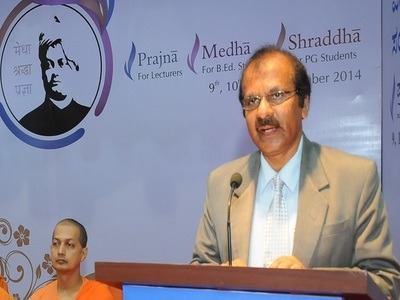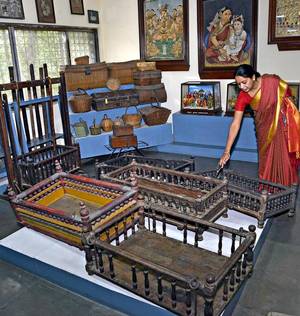Bidar, which can trace its roots back to the third century, is steeped in history and is home to monuments such as Bidar fort, Gurdwara Nanak Jhira Sahib, and the domed tombs of Bahmani kings, among others. While its physical ‘brick and mortar’ heritage remains, the city’s ‘intangible history’ — community life, culture, cuisine and social practices — have been unrecorded for the most part.
To bring these to the public, students and faculty members of the Srishti Institute of Art, Design and Technology are working with a non-profit organisation, Team Yuvaa, to digitally archive local traditions.
They are also setting up brick and mortar museums in the walled city. An MoU was recently signed in this regard with the Hyderabad Karnataka Regional Development Authority, which will be funding the museums.
The project began with 17 undergraduate students exploring the cultural landscape, culinary heritage and the spatial transformation by talking to families in the region. “The project was initiated last year after a request from the former Superintendent of Police to set up a museum for the Police Department. Now, the students are documenting the origins of Dakhini Urdu dialect, the typography and iconography of houses, and the occupational heritage of the place, among other things,” said Shreyas Srivatsa, senior faculty member at the institute. Students, who spent four to six weeks early this year visiting households in Bidar, describe it at as a community-driven project.
“A museum is generally associated with some artefact and events of historical importance, but we wanted our museum to be a space where ordinary people’s histories are showcased. We want to look at the life of Bidiri artisans, Kulsali, Gawli and other communities and understand the city through their narratives,” said Mr. Srivatsa.
Eeshita Kapadiya, a Sahapedia UNESCO Fellow, who is part of the project is archiving information about the Dalapathi system, ancient village policing, which existed in Bidar. “The system has hardly been recorded in history. The village policing was seen as a community service and the people were never officially paid. There are people in Bidar who have served in this system and we are trying to share their memories through old photographs and oral stories,” she said. Museums will be set up at three centres in Bidar and will chronicle its police history, the century-old Urdu journalism tradition, stories of communities involved in certain occupations, old photographs, culinary practices, and historic court documents and maps of the region “Humsakavi, who served as a librarian in the police department is helping us trace the police history, an individual collector, Liyakath Ali Khan, is sharing his collections with the museum and some citizens have given away heirloom household items to us. Without the support of the community, we cannot build and run these museums,” Mr. Srivatsa said.
“The first museum is likely to open at the Old Town Police Station building in February next year,” he added. The next step would be to conduct community workshops on archiving and curating so that people can continue to tell their own histories and sustain the museums. “The content in the digital archive and museum will keep changing as and when we get new stories. We are starting it on archive.org, where Bidar residents themselves can make additions. Currently we have 200 items for the digital archive,” he said.
source: http://www.thehindu.com / The Hindu / Home>News> Cities> Bengaluru / by Sarumathi K / Bengaluru – October 23rd, 2017






